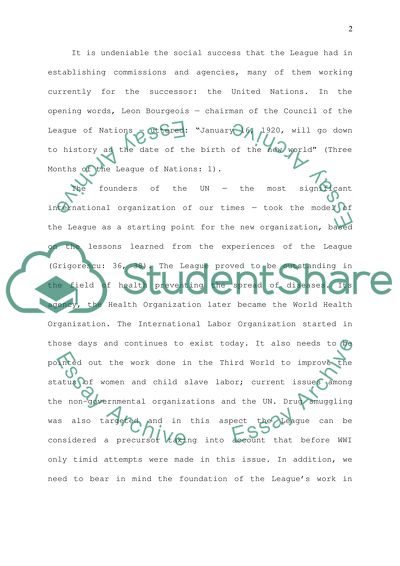Cite this document
(“League of Nations Essay Example | Topics and Well Written Essays - 1500 words”, n.d.)
Retrieved from https://studentshare.org/law/1506762-league-of-nations-essay
Retrieved from https://studentshare.org/law/1506762-league-of-nations-essay
(League of Nations Essay Example | Topics and Well Written Essays - 1500 Words)
https://studentshare.org/law/1506762-league-of-nations-essay.
https://studentshare.org/law/1506762-league-of-nations-essay.
“League of Nations Essay Example | Topics and Well Written Essays - 1500 Words”, n.d. https://studentshare.org/law/1506762-league-of-nations-essay.


